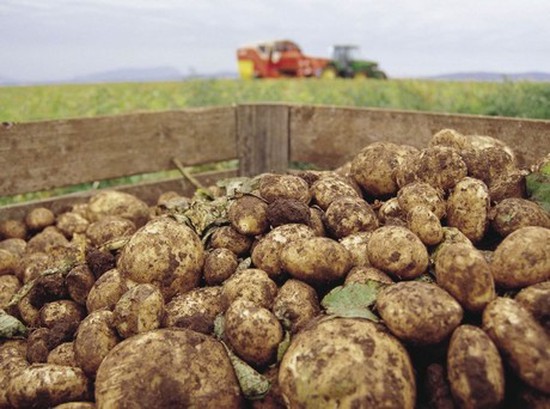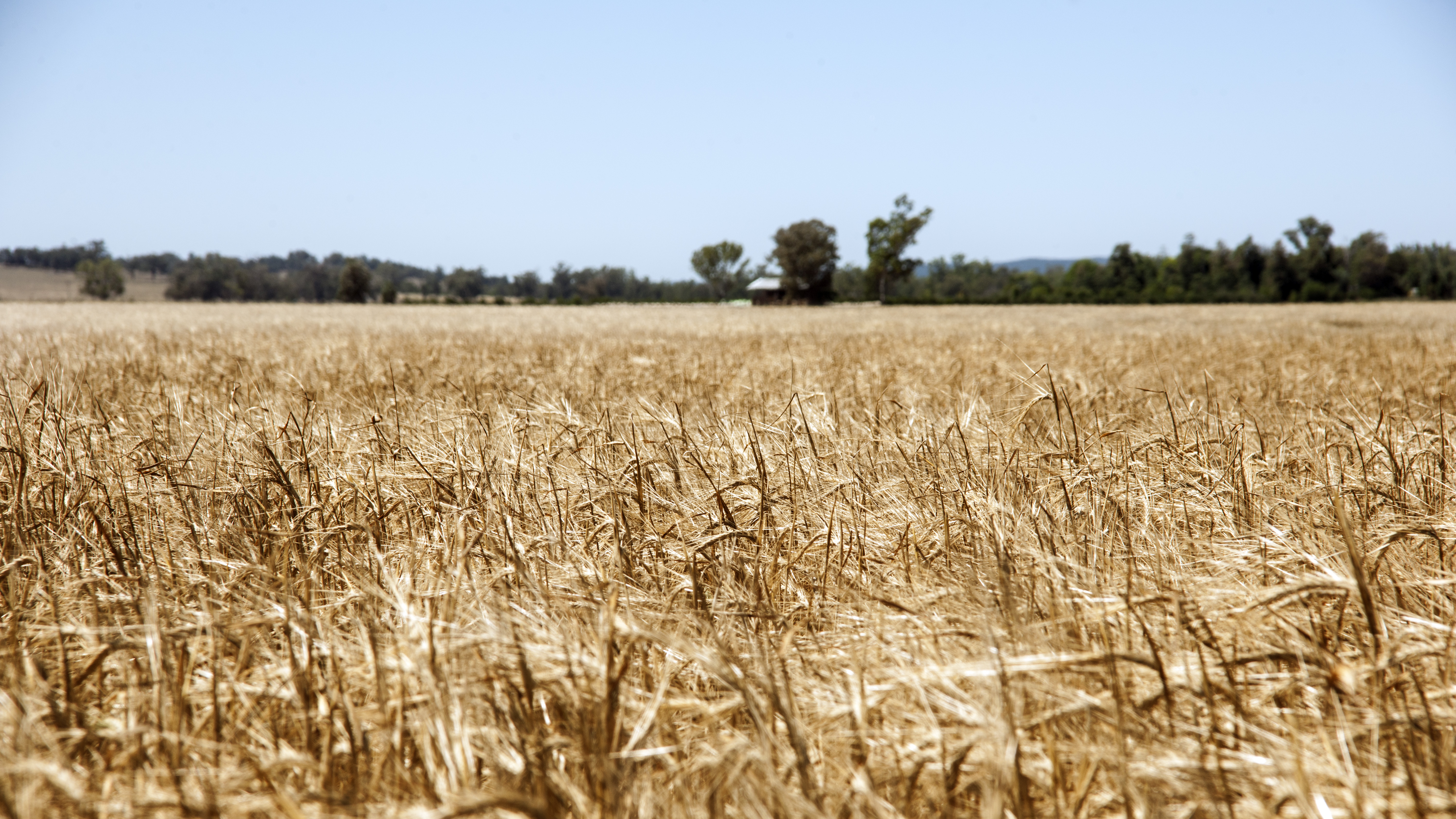


This study demonstrates the utility of process-based models for exploring biophysical proxies for resilience, as well as the potential advantages of livestock integration into cropland as a sustainable intensification strategy. While the integrated system provided a productivity buffer against chronic climate stress, its resilience to annual weather anomalies depended on disturbance type and timing. Under simulated future climate conditions, integrated system productivity exceeded specialized system productivity in 95% of years despite declines in average soybean yield and aboveground cover crop biomass production. Although soybean yields were typically lower in the integrated system, the additional forage and livestock production increased total system outputs. Long-term historical simulations in APSIM showed that the integrated system resulted in greater system-wide productivity than a specialized control system in 77% of simulated years. We simulated productivity dynamics in an integrated cover crop grazing agroecosystem typical of southern Brazil to gain a better understanding of the impacts of livestock integration on system performance, including future productivity and resilience under climate change.

Integrated crop–livestock systems are a form of sustainable intensification of agriculture that rely on synergistic relationships between plant and animal system elements to bolster critical agroecosystem processes, with potential impacts on resilience to weather anomalies. 3Grazing Ecology Research Group, Department of Forage Plants and Agrometeorology, Federal University of Rio Grande do Sul, Porto Alegre, Brazil.2Agricultural Production Systems Research Unit, Commonwealth Scientific and Industrial Research Organization, Toowoomba, QLD, Australia.1Department of Plant Sciences, University of California, Davis, Davis, CA, United States.


 0 kommentar(er)
0 kommentar(er)
